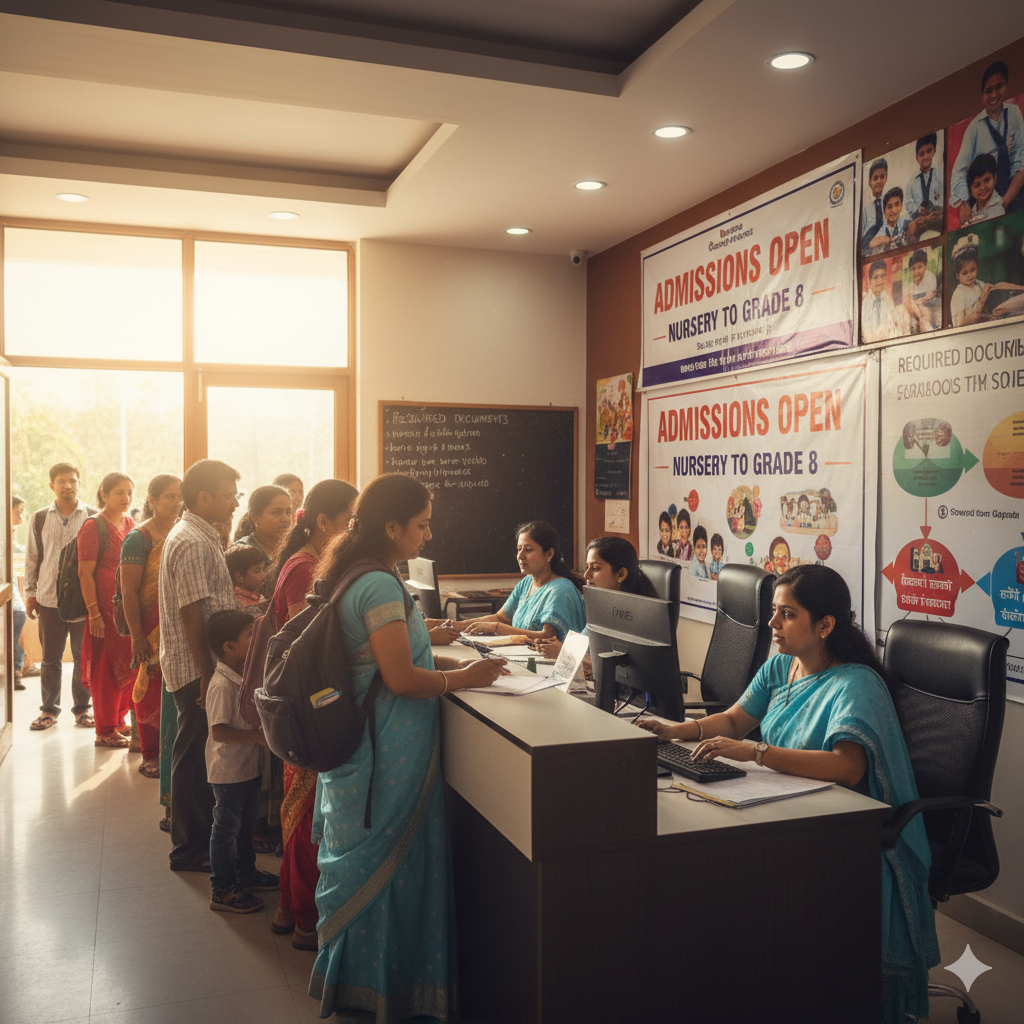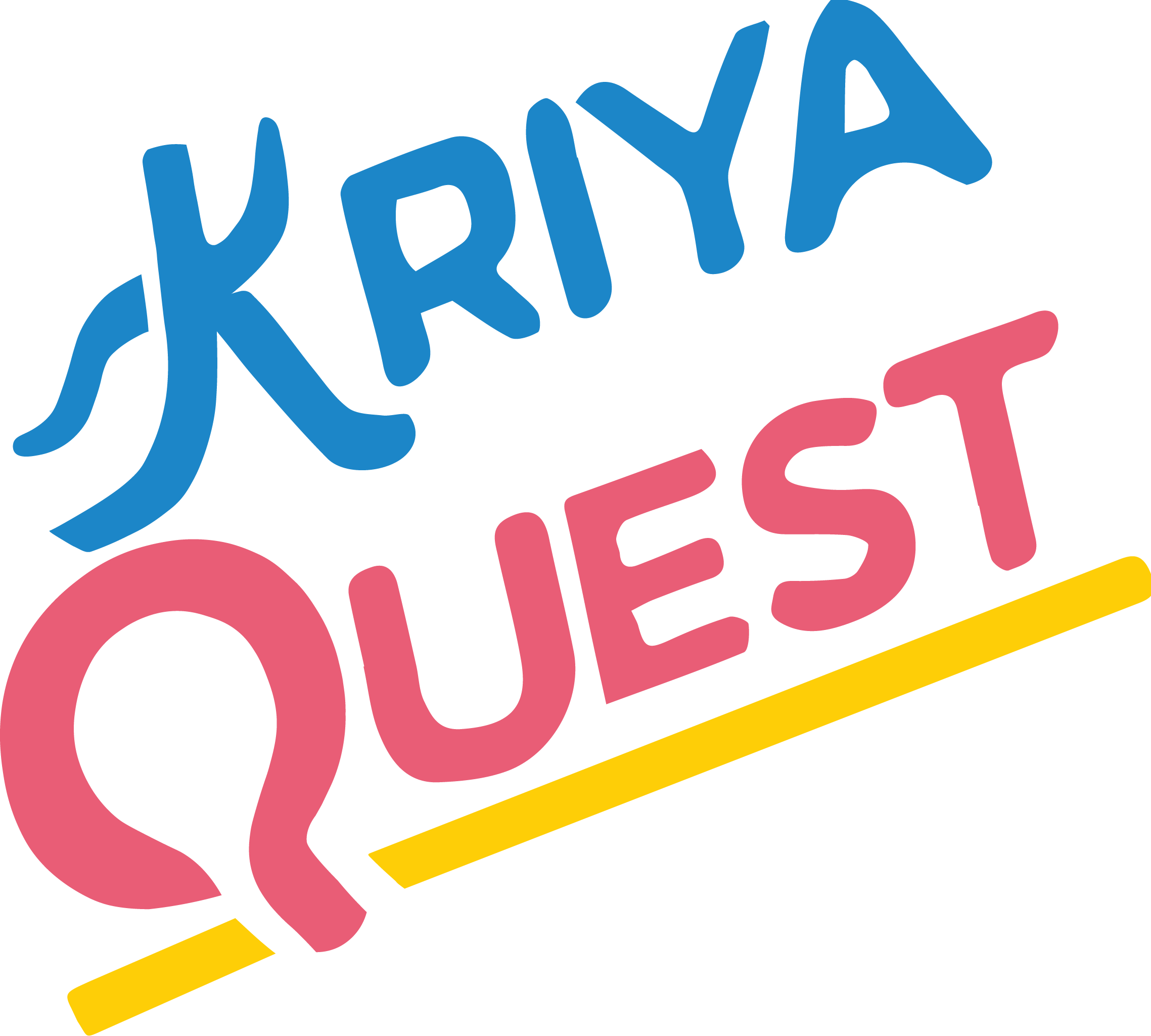How Experiential Learning Boosts Admissions and Retention

Parents Want More Than Just Schools; They Want Experiences
You will hear the same question at every parent information session: “How will my child learn outside of textbooks?”
- “What skills will they learn that will help them in the future?”
- “Does this school follow the rules set by the NEP?”
Yes, academic results are important. But parents today want more than just grades for their kids. They want schools that teach kids how to think, make things, and change.
Schools that use experiential learning are getting more students and keeping them longer.
Why Parents Like Experiential Learning
Parents know very well that just memorizing facts won’t help kids get ready for the jobs of the future. They want schools that: Make kids more curious, which helps them ask better questions.
- You can build confidence by doing things, not just memorizing them.
- Learn how to solve problems and work with others, which are important skills for success in the future.
- Align with NEP 2020, which shows that the school is modern and ready for the future.
Schools stand out in a crowded market when they talk about the benefits of experiential learning. Parents see it as proof of quality, new ideas, and care.
Experiential Learning as a Factor in Admissions
Word of mouth and reputation are what bring in new students. Experiential classrooms make memories that parents talk about:
- Students are excited to share their experiments at home.
- Projects proudly shown off at open houses.
- Parents see their child’s confidence and creativity grow.
These experiences are much more effective at selling than brochures or ads. When a parent sees their child light up with discovery, they become the school’s most vocal supporter.
Retention: Why Families Stay
Getting a family through the door is only half of the journey. Retention depends on how much parents think their kids are getting out of it.
- Experiential learning helps kids remember things better because they like learning, which means fewer complaints at home and more excitement for school.
- Parents see progress in more than just grades, like creativity, curiosity, and communication skills.
- Teachers are more involved, which means less burnout and more energy in the classroom.
Families don’t look for other options when they see steady growth. Retention becomes natural instead of forced.
The Competitive Edge and NEP
Schools that adopt NEP early are ahead of compliance and competition because it focuses on experiential and active learning.
More and more parents will ask,
- “Is your school ready for NEP?”
- “How do you make learning real?”
Schools that can confidently show off experiential methods, like through classroom demos, parent workshops, or tools like Kriya Quest kits, earn trust right away.
This alignment with policy and what parents want is the best competitive edge.
Ways for schools to show off experiential learning in a practical way
Demonstrations in the Classroom
Ask interested parents to come see a hands-on session in action. Students who are interested and engaged are the best at convincing.
Talking to Parents
You can share photos, videos, and stories about activities you’ve done in newsletters and on social media. Being seen builds trust.
Student Exhibitions
Set up “discovery days” or exhibitions where students can show off their work. Parents can see the results for themselves.
Stories from teachers
Let teachers talk about how experiential learning has changed their classrooms. A lot can be said about a teacher’s passion.
These visible touchpoints make experiential learning in schools into proof that parents can see, not just promises they hear.
The Long-Term Benefit
Schools that invest in experiential learning get more than just students who stay. They build a reputation as forward-thinking, cutting-edge schools.
Making teachers happy by breaking up the monotony and making them happy.
Alumni pride means students who are confident and curious about life.
This ripple effect makes the school community stronger and makes sure that it will grow beyond just one admission season.
Conclusion,
Experiential learning is more than just good teaching. It’s a good plan. It helps students learn more, gives teachers a new reason to teach, and gives schools what parents want most: clear, meaningful results.
Experiential learning is not an extra in a competitive world. It’s the edge. It brings in families, keeps them coming back, and gives you a good name that lasts for years.
In short, schools that use experiential learning not only follow NEP, but they also get an edge over their competitors. Parents like classrooms that are hands-on and encourage curiosity, which leads to more students being accepted. Families stay because they see value beyond grades, which keeps them there. Experiential learning helps schools grow and build trust.
